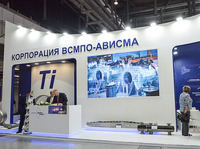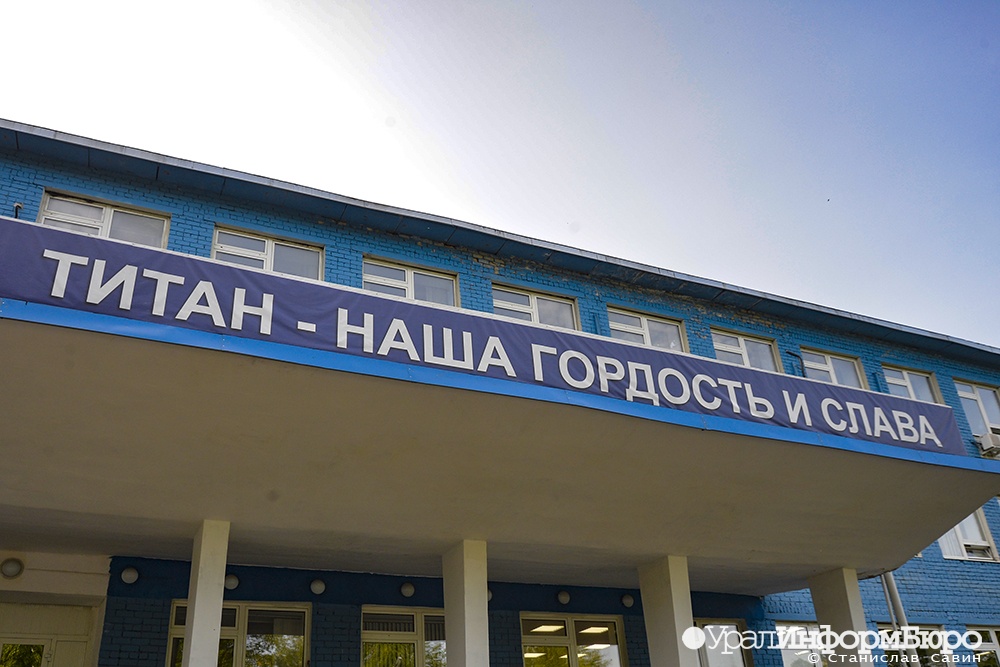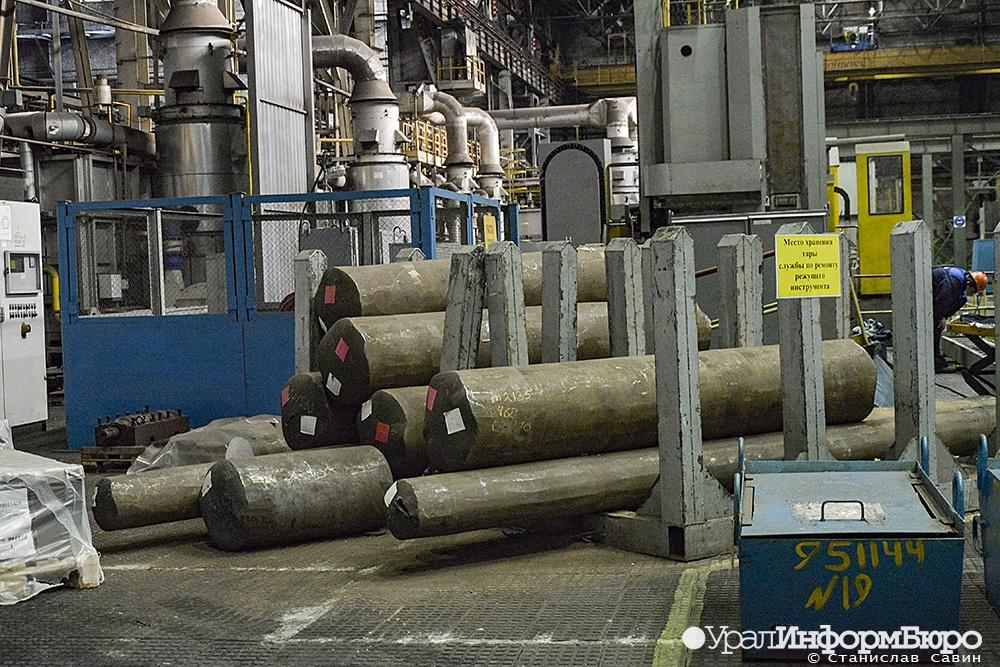 |
|
|
|
"Backyard" of VSMPO
24.09.2021 — News
SVERDLOVSK REGION
The world’s largest titanium producer VSMPO-Avisma Corporation PJSC is being sued for 651 million rubles for the alleged contamination of the land owned by the RF Ministry of Defense. The allegation put forth to the court claimed that the corporation’s tailings pond in Verkhnyaya Salda could "overflow" into the adjacent area.
Overflowing sea
VSMPO-Avisma is well-known outside of Russia for its product supplies for Boeing and Airbus aircraft. The corporation’s earnings are steadily rising.
While the revenue reported by the corporation for 2010 was 24.7 billion rubles, in 2015 it went up to 72.6 billion rubles, and in 2019 it reached 90.1 billion rubles (the money was still there even though the ruble kept falling). The corporation’s stock prices are rising; the titanium producer was able to overcome the drawdown in the first year of the COVID-19 pandemic. On September 23, 2021, the stocks were traded at prices exceeding 32 thousand rubles, while the year before, their price was just slightly higher than 17 thousand rubles.
In the meantime, in its "backyard" in Verkhnyaya Salda (Sverdlovsk Region), the world-renowned company has a tailings pond, which caught the attention of the supervision authorities in 2019. The audit performed by Rosprirodnadzor (the Federal Service for Supervision of Natural Resources) found several violations, one of which triggered a multimillion-ruble lawsuit.
"The VSMPO-AVISMA Corporation PJSC caused land damage by waste mishandling, or specifically, through its operation and maintenance of the tailings pond, part of which covers an area of 347,538 square meters and is located on the land property with the assigned cadastral number 66:71:0102001:14 and not designated for waste disposal facilities or sites," as stated in the conclusion made by the Ural Interregional Directorate of Rosprirodnadzor.
The experts issued orders mandating rectification of the violations; however, they were invalidated by the Verkhnyaya Salda district court, which had not found any evidence proving the connection between the corporation’s operation of the tailings pond and the damage caused to the adjacent land property. The corporation is the main employer and the primary taxpayer in Verkhnyaya Salda where the court is located.
The Directorate of Rosprirodnadzor filed a claim to the Arbitration Court of the Sverdlovsk Region. At the first session, its representative said that the similar industrial wastes were placed outside the tailings pond that had been operated since 1969: "In fact, the business entity overstepped the boundaries of the tailings pond."
.jpg)
Then the court listened to the Rosprirodnadzor state inspector who personally supervised the auditing. According to him, "the part of the territory that extended beyond the land property designated for the tailings pond was under the water of that tailings pond."
"As of 2019, there was no clearly marked border, or specifically, no dam that would prevent escape of the water from the tailings pond to the adjacent land property," he pointed out.
The presence or the absence of a subsurface dam in the tailings pond is the centerpiece of the case. Its absence gives rise to two questions: How could VSMPO have been okay with this situation for more than 50 years and what happens to the adjacent area during spring thaw?
Elusive dam
Notably, the papers of the Verkhnyaya Salda district court clearly say that "the tailings pond was formed through construction of a channel dam, right-bank bund wall and drainage channel." May the experts of the supervisory agency have been wrong?
According to Elena Vasilieva, the manager of research programs of the Russian division of Greenpeace, the tailings pond is a hydraulic structure (HS); therefore, there must be a declaration of safety, which clearly specifies all the aspects related to protective structures. "Can you imagine any HS without a protection dike or without a protective cover? I have no idea what kind of a structure it may be," she says.

In response to the editorial group’s inquiry, the corporation informed that "renovation (and upgrading, if required) [of the tailings pond] is performed regularly; by the insulating layer experts mean the bund wall, as it is designed to be bult in several layers." VSMPO refused to submit the Declaration of Safety to the editorial group.
"At the very least, there must be a ridge at the edge so that it [the tailings pond] would not overflow. As a rule, the tailings pond resembles a wash tub with high sides," Elena Vasilieva noted.
Then, does the titanium producers’ "wash tub" have no sides?! The Rosprirodnadzor inspector told the court that in summer (!) 2019, they had not been able to approach the border of the tailings pond, as the area was flooded, and they had to collect samples at the edge of the water overflow. This location confirmed by the court should be seen as a reference point for assessment of the environmental damage caused by VSMPO-Avisma. During spring flood, without a dam, the contents of the tailings pond can be released, covering an inconceivable area.
What does the tailings pond contain? As documented by the district court, it is intended for storage of slurries of neutralized disposal etch solutions and acid-alkali wastewater, for sedimentation of oil-containing and stormwater runoff and for aftertreatment of domestic wastewater coming from waste treatment facilities.

Boeing holds the Russian titanium producers in high esteem. When at the end of 2020, the United States Department of Commerce included VSMPO-Avisma in the military end user list (not surprisingly), the totally unbelievable thing happened – the corporation was promptly removed from the list.
The Rostec State Corporation, which holds a blocking stake in VSMPO-Avisma, pins special hope on the corporation based in Verkhnyaya Salda. That’s what underlies the concerns of the Americans.
With such supporters and lobbyists, any director will have his head reeling at his own importance. Today, the Chief Executive Officer of the titanium corporation is Dmitry Osipov. He is the former General Director of Uralkali – the environmental problems of that company are well-known outside of Russia.
Rosprirodnadzor is the first in VSMPO’s years-long history who is trying to pinpoint serious environmental problems of the corporation. RusBusinessNews urges Greenpeace to take part in protection of the environment of the Sverdlovsk Region.
Artyom PETROV
|
| Regions | Project participants | Investment projects | Consulates and Trade Offices | News and Analysis | About the Project |
|
© RusBusinessNews, 2009. All rights reserved. Establishing a hyperlink to RIA RusBusinessNews is required for using any of the material published on this website. News and analytical reviews are translated into foreign languages by the TRANSLIT Translation Agency |
«Sum of technologies»® Web design Site promotion |